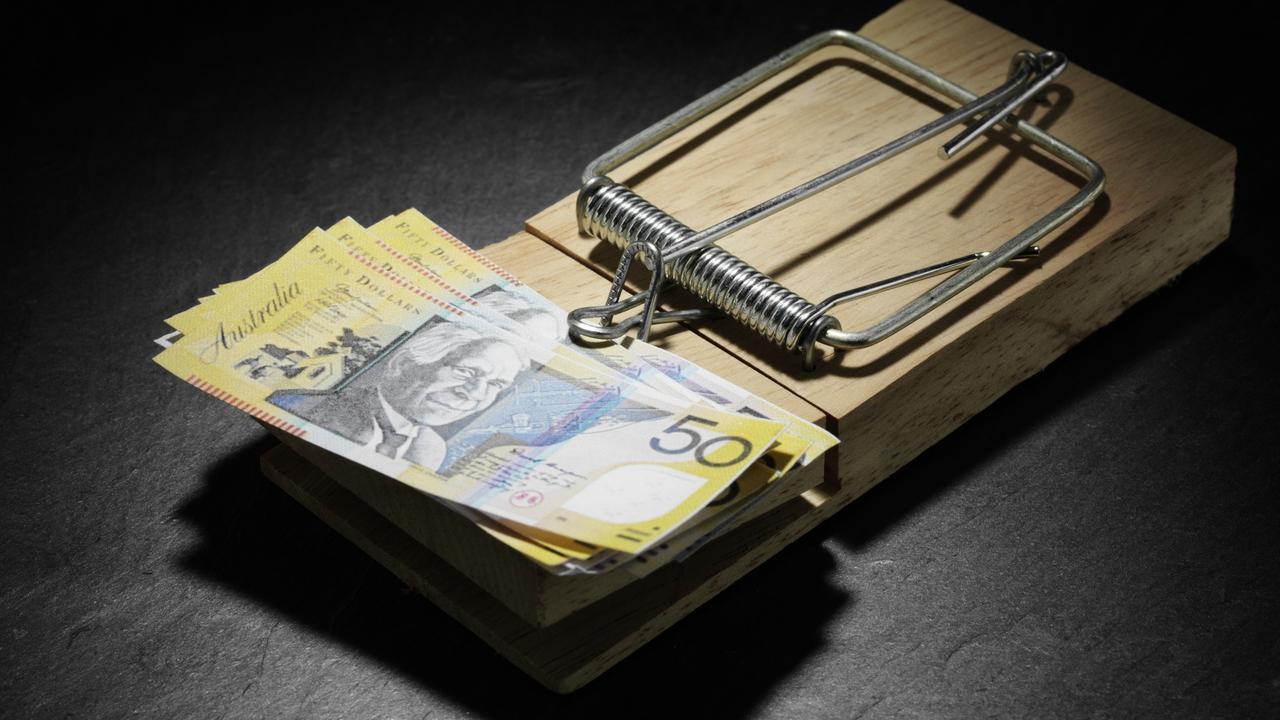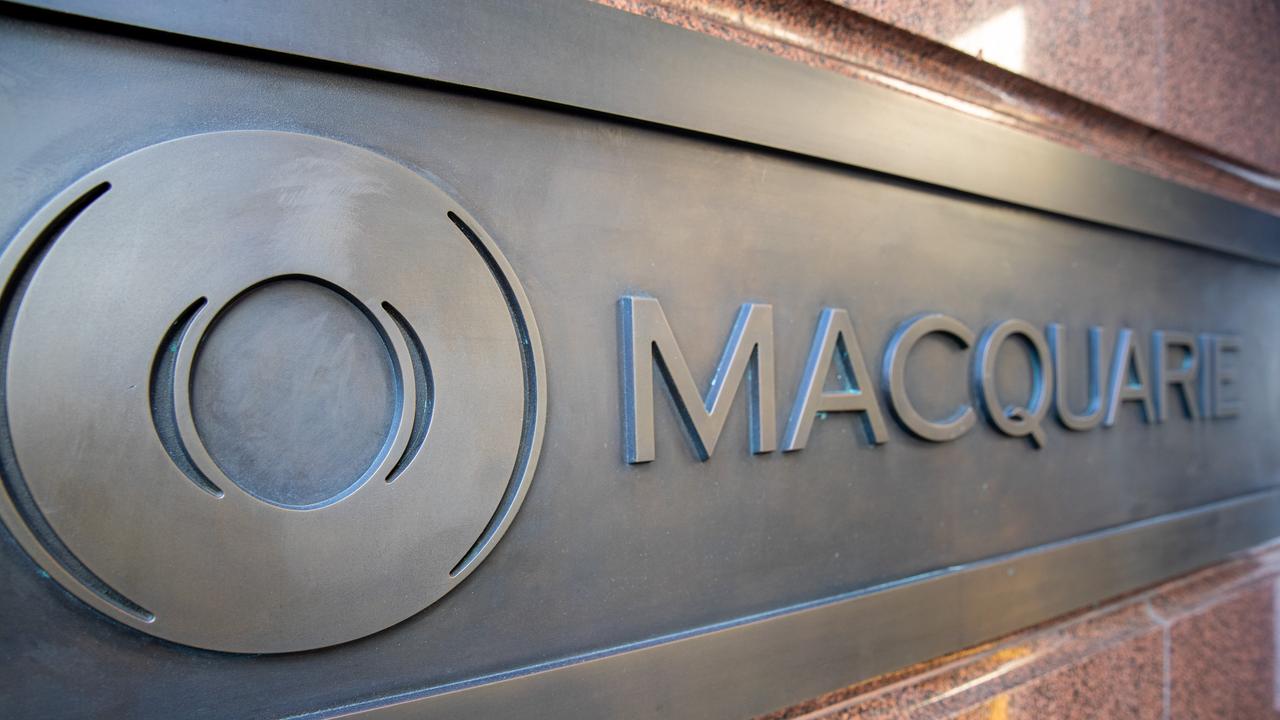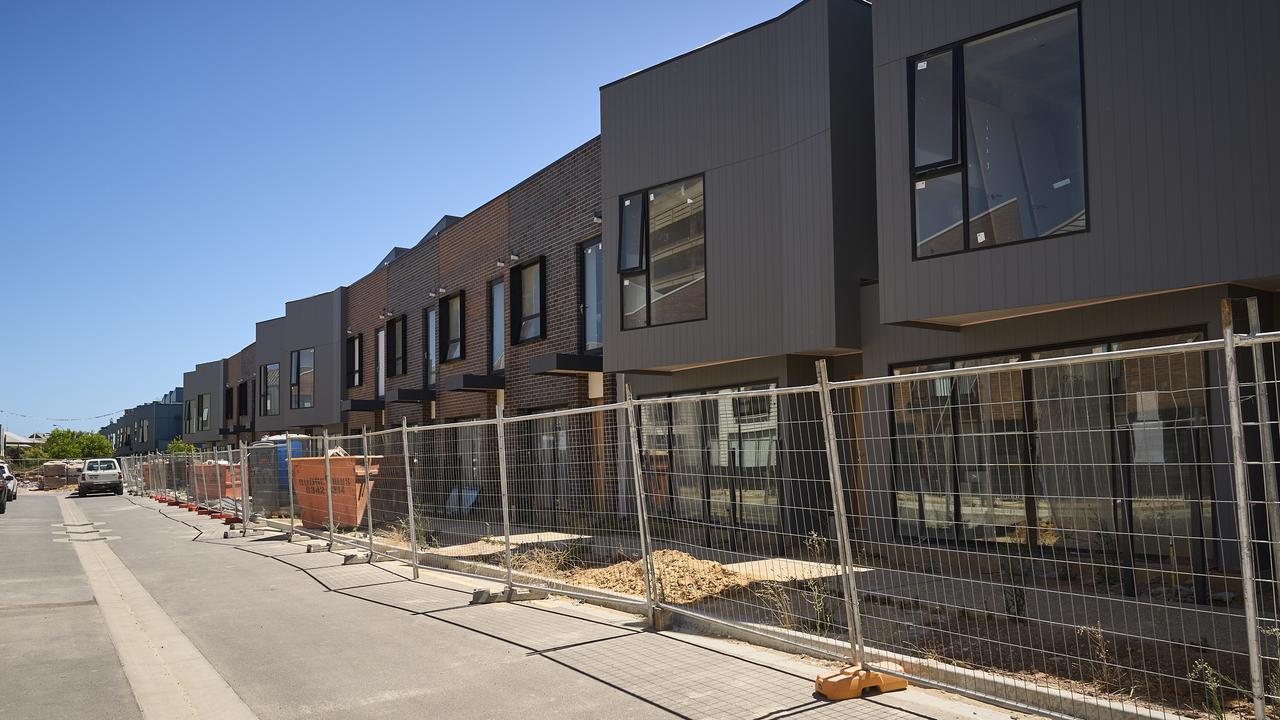AustralianSuper keeps 10pc dry powder for opportunities as rates peak, returns 8.2pc in FY23
AustralianSuper is keeping about ten per cent of its over $300bn in funds aside for opportunistic investments in a challenging outlook, chief investment officer Mark Delaney said.

Business
Don't miss out on the headlines from Business. Followed categories will be added to My News.
AustralianSuper is keeping about 10 per cent of its over $300bn in funds aside for opportunistic investments in a challenging outlook that will nonetheless be “opportunity-rich” for those with dry powder, chief investment officer Mark Delaney said.
Speaking after posting a 8.2 per cent yearly return for most of its 3 million members, despite writedowns in unlisted property investments that drove losses of -7.8 per cent in that portfolio, Mr Delaney told The Australian that credit, private equity and even property were areas of opportunity.
“We’ve been warehousing our cash and fixed interest and we’re looking to use up to 10 per cent or more of that to redeploy into the markets over the next two to three years,” Mr Delaney said.
That would be equivalent to about half its allocation to cash and fixed income, which it increased to 22 per cent, from 15.5 per cent a year ago, as the fund moved to position more defensively as interest rates get closer to their peak in the cycle.
“There might be some more tightening … but they are getting around the peak,” Mr Delaney said. “And that’s typically a good time to buy fixed interest.”
And the fund is also “waiting for the impact” of those higher interest rates on the economy and on earnings. As that impact flows through company earnings, it expects to see a heap of opportunities in “growth” asset classes such as private equity and equities.
“I think it could be an opportunity-rich environment. The challenge for us will be to work our way through those opportunities (and) to spread them appropriately,” he said.
Lending to companies directly or investing in credit funds are also areas where opportunities will likely be found, Mr Delaney said, amid higherinterest rates and wider credit spreads.
“There’s potential to reap double-digit returns (in credit) if you are careful about how you deploy, so we are looking at credit.”

The balanced fund allocation to credit was currently about 3.5 per cent, with most of its historical investments performing well even as interest rates have increased. Only the loan portfolios of “one or two of them” were challenged and had started to experience “difficulty” he said.
“Looking forward, higher interest rates will start to lean on earnings as cash flows get tighter,” Mr Delaney said. As they do, “there’s going to be lots of competing uses for capital – equities will want it, private equity will want capital, infrastructure will want capital – it’s going to be a good problem to have if there’s too many opportunities for the capital that we’ve got”.
Property could be another area of opportunity, he said, after its allocation to the asset class declined by 1.5 percentage points over the year to represent 5.9 per cent of the portfolio.
Its unlisted property investments – equivalent to about 5.2 per cent of the portfolio – had been hit by valuation writedowns in its commercial real estate and retail property investments, driving a 7.8 per cent loss for the year. Listed property returns also fell 5 per cent.
To stem the impact of lower office values as more people work remotely and of higher online consumption hurting shopping centres, the fund had also stopped allocations to commercial and retail property in favour of investments in industrial properties that are exposed to the digital economy, Mr Delaney said.
Unlisted infrastructure investments (15 per cent of its portfolio) posted a solid return of 10.1 per cent for the year.
But the main driver of AustralianSuper’s balanced option performance – where 90 per cent of its members are invested – was overwhelmingly the performance of its investments in equities. The return over the 10 years time horizon is 8.6 per cent.
Local and international shares account for 47 per cent of the portfolio, down from 50 per cent last year.
The total return for the US equity benchmark in the year to June was 19.6 per cent, according to S&P Global. Australia’s ASX300 total return index was up 14.4 per cent for the year.
AusSuper returns come below peers Cbus and ART super, who posted returns of 8.5 and 10 per cent respectively in their flagship options for the year.
But the performance also marks a sharp rebound from negative returns of 2.7 per cent last year when the expectations of rapidly rising rates amid high inflation left most super funds in the red.
Market returns had exceeded AustralianSuper’s expectations over the year, Mr Delaney said, as consumer spending held up well. The performance of technology had been a key driver, but it was hard to predict the impact on returns from that sector, he said.
The gains and over $20bn in members’ contributions have raised funds under management to $300bn, 16 per cent higher than its reported FUM last financial year. It expects to reach over $500bn in FUM over the next four to five years.
But Australia’s largest pension fund said the outlook for returns was far from benign, warning the challenges posed by higher interest rate environment had not gone away.
“We still believe there are significant challenges ahead in the global economy and have positioned the portfolio to respond to these,” he said.
“There are challenges ahead in the higher interest rate environment and there are headwinds to economic growth, and while inflation is abating it still remains above central bank targets.”
More Coverage
Originally published as AustralianSuper keeps 10pc dry powder for opportunities as rates peak, returns 8.2pc in FY23









